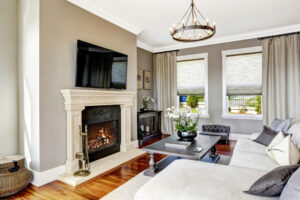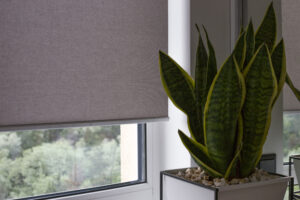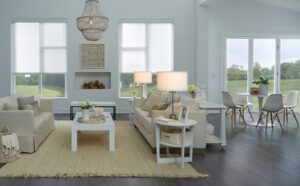Who is going to be your smart home automation system designer?
This question must be thoughtfully considered as your system design is the foundation required to deliver the smart home system you expect.
By the end of this part in our series, you will should possess a good understanding of what a system design should include, some kind of cost expectation forecasting model and learned some valuable procedures for vetting smart home system architects / designers / specifiers.
First, let’s review what a smart home automation system design is (and isn’t).
A system design is not a parts list that your sales person just throws together…
…It’s not 1 or 2 paragraphs describing what you’re getting.
For you, the client, a system design is a collection of documents that will give you a clear picture of what you’re actually paying for, the way in which the subsystems are connected, how the system/s are suppose to function at.
For the people responsible for supporting your system, the system design must provide enough detail that will allow for any professional or even tech-savvy client to troubleshoot the system/s without having to reverse-engineer the connections or guess at the functional specification.
The System Design documentation you should expect is as follows:
- Scope of Work (High-level overview) of the deliverable system, expectation you should have and a pricing estimate for the project.
- A “Functional Specification” (description) of how the system/s within a room will operate. EX.: When you press the Light Switch in the home theater, it’s going to turn on all the lights, and also begin the power-up cycle for the projector so it’s warmed up when you begin playing the movie.
- Schematic drawings or documentation of some sort that the describes, in detail, each connection from 1 component to the next before the system is commissioned
- As-built schematics & functional spec inclusive of all the changes made throughout installation
- User operation manual for the system as it functions as a system. This does not mean a bag or binder of individual component user guides.
- Troubleshooting/repair guide for common system glitches
Cost of professional system designs:
If the people you’re working with are competent, the formula will be either an hourly rate, or will be a percentage of the total system build cost (similar to architects). Whatever the method, if the company is doing it right, you should probably budget 10% – 15% of the overall system costs to handle design and engineering. Some companies also wrap the project management costs into the design fees, in which case 10% – 20% might better represent the expected budget
Vetting home automation system designers:
While not an exact science, here are a few ways to determine at the initial consultation (or even before by a quick phone call) if you’re dealing with a “real” home automation system designer/architect, or just sales people with a fancy title.
- Ask about their process for developing the system design. If they don’t mention any associated charge for design work, ask if they charge for system designs. If they don’t charge, this should be a red flag.
- If they do charge, what’s the fee? Though companies have various fee structures, you should expect the design costs to be based on an hourly rate or like many architects, a percentage of the as-built costs.
- Request examples of their design packages of systems that are similar in scope to yours. If they are unable to provide you with such information within a reasonable amount of time (2 business days), this may be a good indicator of their ability to provide detailed system design.
- Are they willing to forgo their design fees? When a company agrees to do system design for free, it usually means they are at best, an unfocused company that doesn’t usually do systems that require design (thus they don’t understand the resource investment) or they are desperate for business. While both may at first sound like a benefit to you, it begs the question, are they going to deliver or service you effectively in the future.
Since designing a smart home automation system can be quite demanding, we recommend you present these questions during your initial consultation.
Still questioning the value of home automation system design, be sure to read our post titled, “Smart home automation system design_why?“
Stay tuned for Part 3 in which we will discuss question 2 as described in Part 1 of our series.









